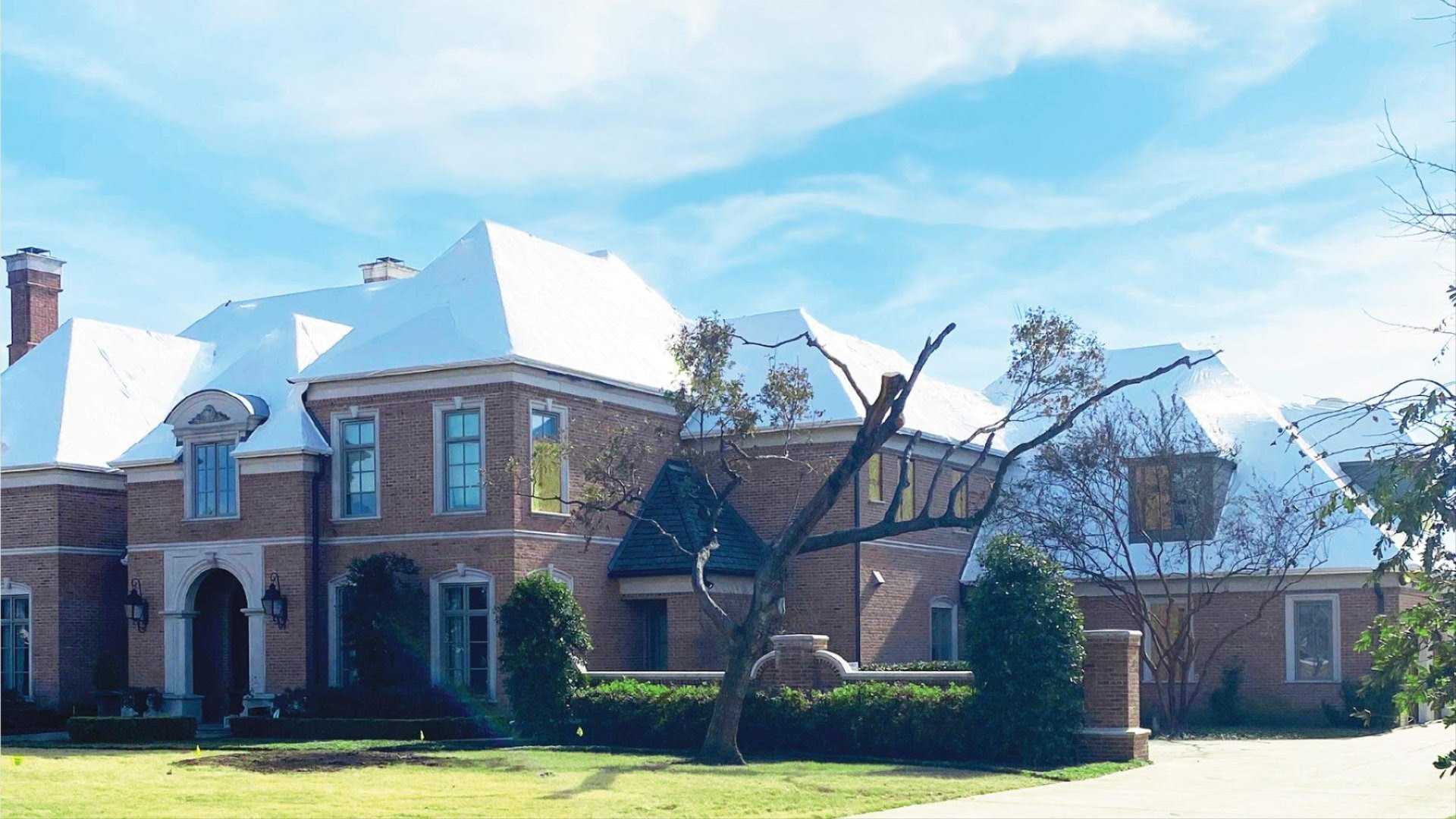7 Signs of Roof Water Damage
June 20th, 2017
4 min read

As Indian River County and St. Lucie County residents, we are very aware of the constant abuse our roofs take with the intense sunshine, sporadic weather, high humidity, and of course, tropical storms and hurricanes.
As summer kicks into full gear, so do the daily heavy doses that come from our rainy season.
Every year, from May to October, Florida has a typical schedule of very sudden heavy downpours that can eventually cause roof issues that occur over the course of time. In this article, we will discuss the typical signs that may suggest a scan with our infrared mold scanner to determine if there is any water damage.
- Ceiling Stains. Do an inspection of your ceiling. Do you see any water stains? Even if you are not sure if they are “new” stains or not, it is best to get these checked out. If you should notice this, it is probably a good idea to immediately call the professionals to find out exactly where the leak is coming from. Typically leaks can start many feet from where the water ends up and is best to stop water from the source instead of just trying to seal where the water is coming in. These areas can be anywhere but over the course of time, a stain or mold will become noticeable no matter the paint color.
- Discoloring of the roof. When standing in front of your house, do you notice different colors along the roof line? If there is then there might be a future issue as this typically is caused by a breakdown of the shingle and moisture is able to stay attached. Algae and moss prefer moist locations. If you start to notice excessive moss/algae growth after a dry period (during an abundance of wet weather it may be natural if the humidity is high for a long period of time) then there is a chance that it is soaking in under the roof material and possible starting to cause roof rot or roof leaks.
- Shingles missing, curled, or granular erosion. As you look up on your roof from the ground, can see random shingles “out of place” or lifted in any way? This is a sign that the shingle has lost some of its strength and is becoming brittle and worn. At this phase, they most likely have already started to lose granules and these would be filling your gutters (if you have gutters) or spread on the ground around the house base. Alternatively, if your shingles have already broken off and blown away, the first step is to identify them as soon as possible and repair them before they become too large of an issue. Missing shingles or damaged shingles will let water come in through your roof, causing water damage not only to the roof but to your attic and other parts of your home.
- Have your roof flashing checked regularly. It is actually a common misconception that roof leaks are from the shingles, tile, or metal seams, when in fact approximately 90 percent of leaks occur from the sealing around flashing. Flashing is the metal that is placed around vents, skylights, chimneys, and the edge of the house. When this seal (tar) dries up and cracks, the result is pealing and bending of the flashing which leaves large gaps for water to flow into. Open roof flashing can cause large amounts of water penetration, as this is basically an open hole in your roof. Water can run not only through your attic but down into your walls and cause mold damage.
- Attic condition. Generally speaking, if you can see that there is a heavy mildew smell in the attic then this is a prominent sign you might have a roof leak that is starting to soak into the insulation. Not only does this harboring of water inside the insulation cause mold damage, but mold growth on the insulation will cause mold damage as well. If you notice this smell in your attic, then it is definitely time to call us to do an infrared mold scan.
- Proper roof ventilation. In St. Lucie County and Indian River counties, the roof temps easily can go into the 120-130 degree temp and if the attic below is not venting, then it does not allow the shingles to cool properly. The other issue with this is if your AC ductwork or air handler is in the attic, it will severely shorten your AC life expectancy as well. High temperatures can cause a poorly ventilated roof to develop mold damage as well as cause damage to your roof.
- Keeping the roof clear from debris and branches. If this is not your typical chore, it might be a good idea to make it one. A tree that has branches scraping the roof can do major damage in short order as the wind blows. Or if branches and debris have fallen and are sitting on your roof, this can distort the natural flow of water. If debris remains for any period of time, this causes the water to find new paths and when this happens it can cause excessive wear on specific areas of your roof, eventually deteriorating the roofing material at an accelerated rate. The last part is keeping your gutters clear as much as possible. The gutters that can’t keep up with the draining water will give way to flooding waters at the edge of the roof and it will eventually start a trail back up the roof which can cause a roof leaking potential in very little time. If we were not talking about South Florida's rainy season, it would not be too much to be concerned about, however, when 5 inches of rain can fall in under an hour, water has to go somewhere.
- These are just some of the main conditions that ServiceMaster By Glenn’s sees on a daily basis when diagnosing water damage from roof leaks. Many other factors can play a role in the roofing world: Age of the roof, layers of shingles that have been placed, location of the property (near water, in a wooded area, or direct sunlight), and style of roof (flat/hip).In closing, your roof takes quite a beating from all sorts of natural and unnatural forces. In the Treasure Coast, we tend to see more issues that could be prevented by just having a professional water damage restoration company take a few moments each year to do an infrared mold scan of possible issues and start the remediation process immediately. Prior to giving us a call, do the following:
- Do a perimeter check of your property to make sure no trees/branches are close or touching the roof in any place.
- If safe, check your attic to see if you notice any mold on the insulation or if you can see daylight through your roof vents (ensuring airflow).
- Check out the shingle conditions by looking straight up the roof from ground level to see if you notice any variance between shingle/tile location
- If you have gutters, and can safely reach them, make sure they are clean at all times. During this check, if you have asphalt shingles check the gutter trough for large quantities of granules which might indicate wear on the shingles.
- Depending upon your roof type, make sure you check out parts of the roof that have valleys where debris and water can collect.
Your roof is your protection for your home and family, make sure you take the time to keep a keen eye on what is happening around it. As we begin another heavy rainy season, we definitely recommend being proactive and making sure you are consistently checking for any signs of mold or water damage. You can call us 24/7/365 if you spot any mold or water damage and we will be there within the hour to start the water damage restoration or mold remediation process.
With over 44 years of experience in the Treasure Coast and Palm Beaches, we're the experts you can trust for all tips and information related to restoration and reconstruction.
Topics:





















